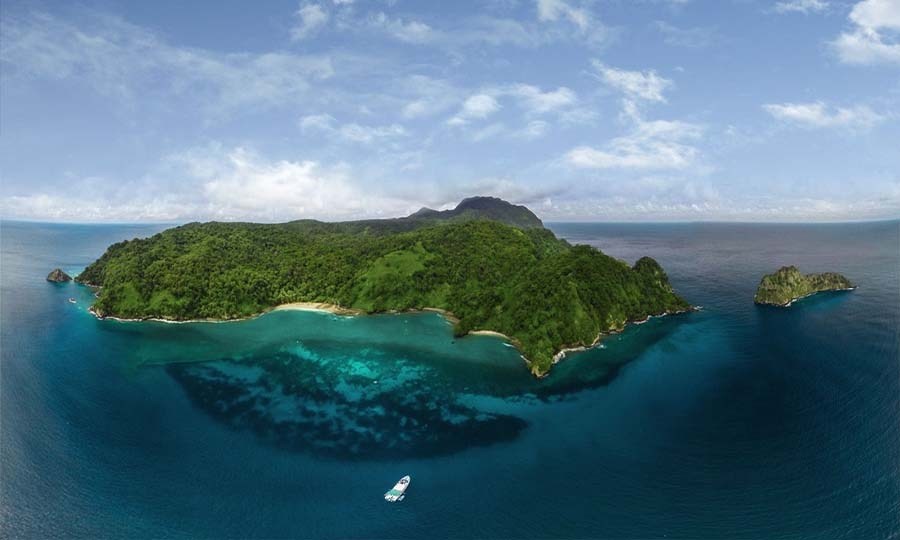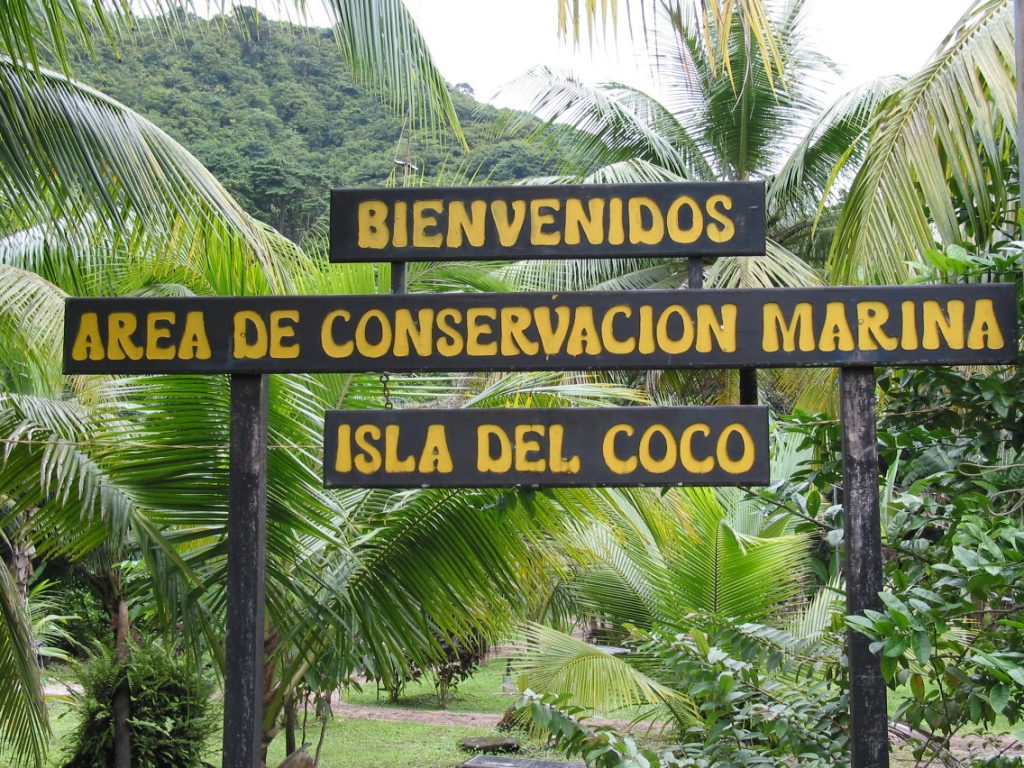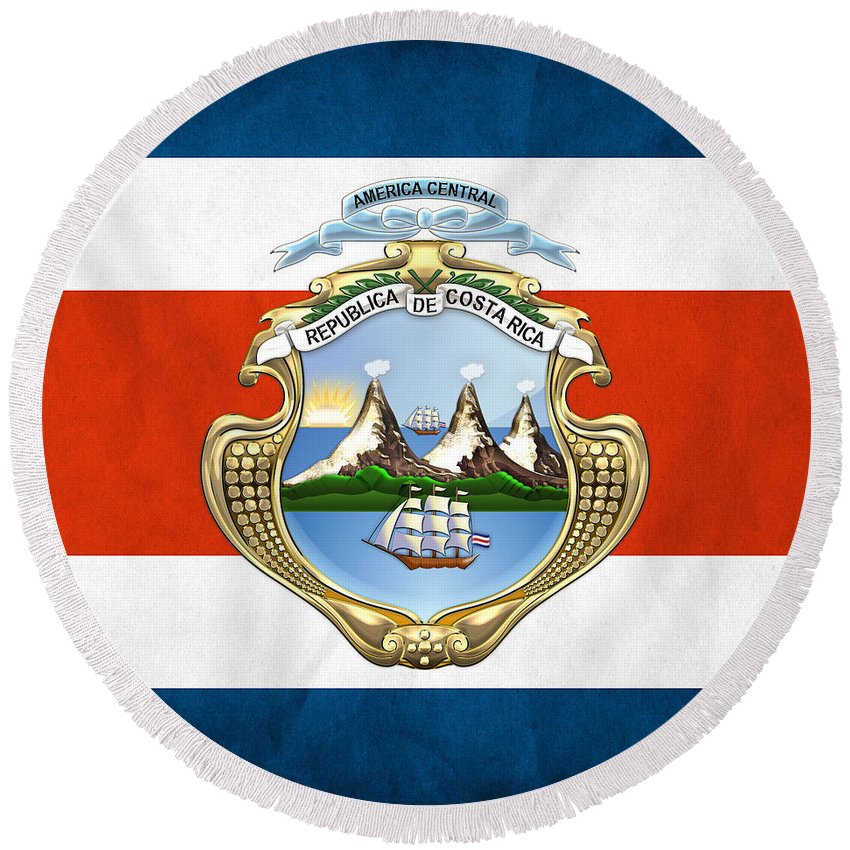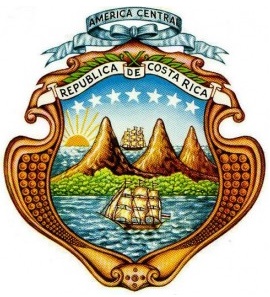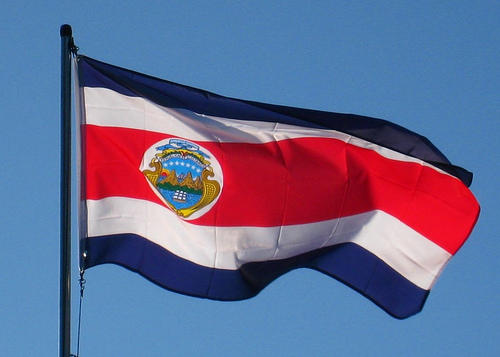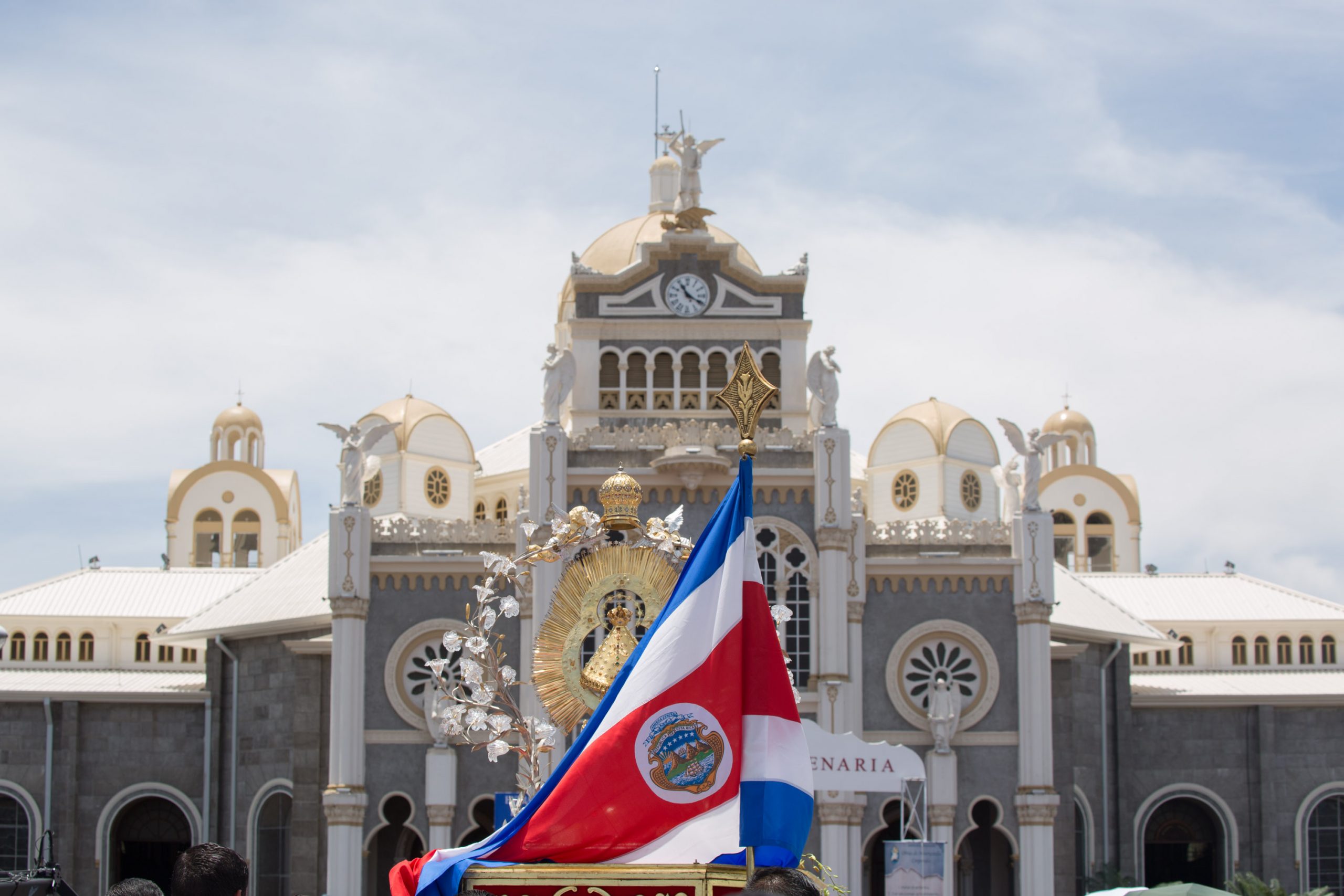
Cartago was founded in 1563 by Juan Vasquez de Coronado, it was the first successful establishment in Costa Rica.
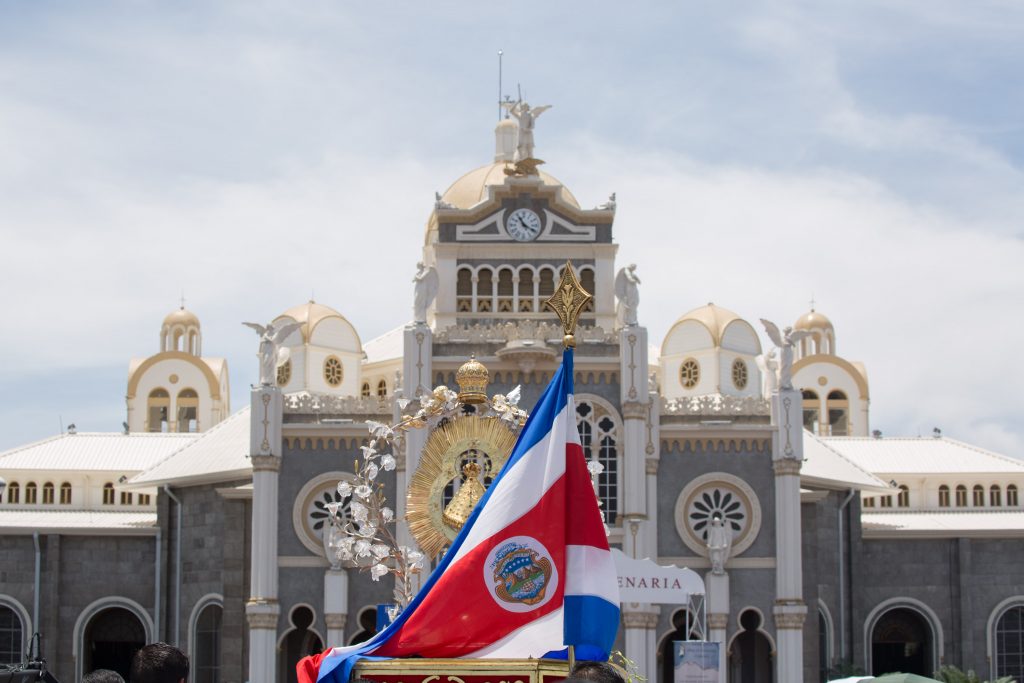
Many people come to Cartago annually, to visit the nation’s principal church, the enormous Basílica de los Ángeles, on the feast day of the Virgin of the Angels on August 2nd.
Agricultural products make up the base of the economy of the rural areas around the city, also Cartago is home of the Costa Rica Institute of Technology, one of the most prestigious higher education institutions in the country.
Parker, J. (2017). How Cartago became a national monument in Costa Rica . Retrieved September 4, 2020, from Webmaster website: https://theculturetrip.com/central-america/costa-rica/articles/how-cartago-became-a-national-monument-in-costa-rica/

